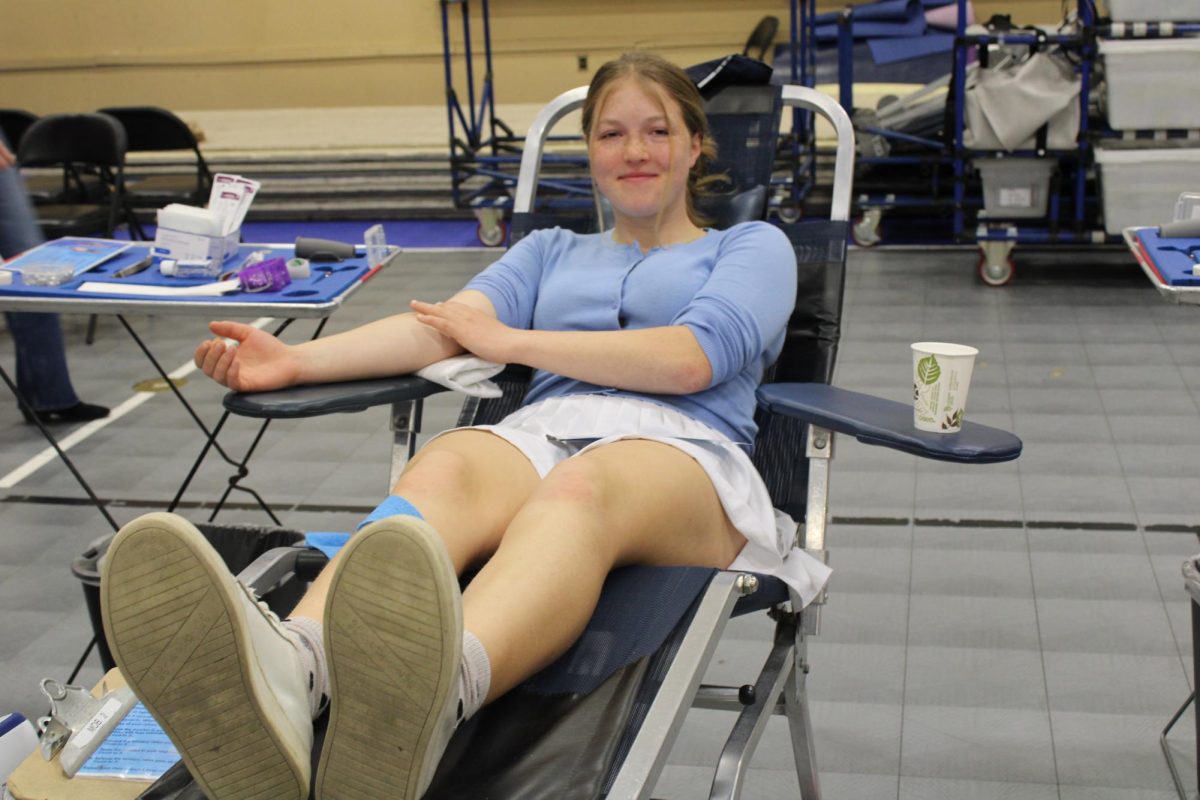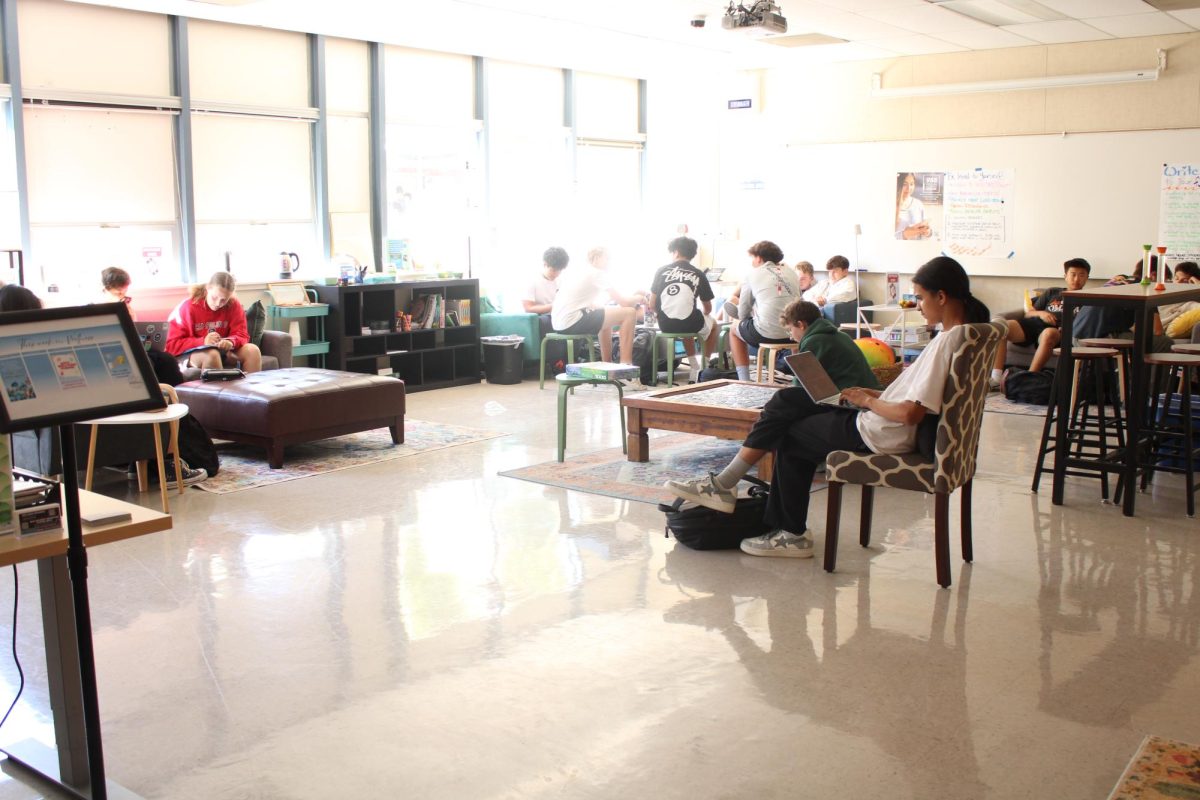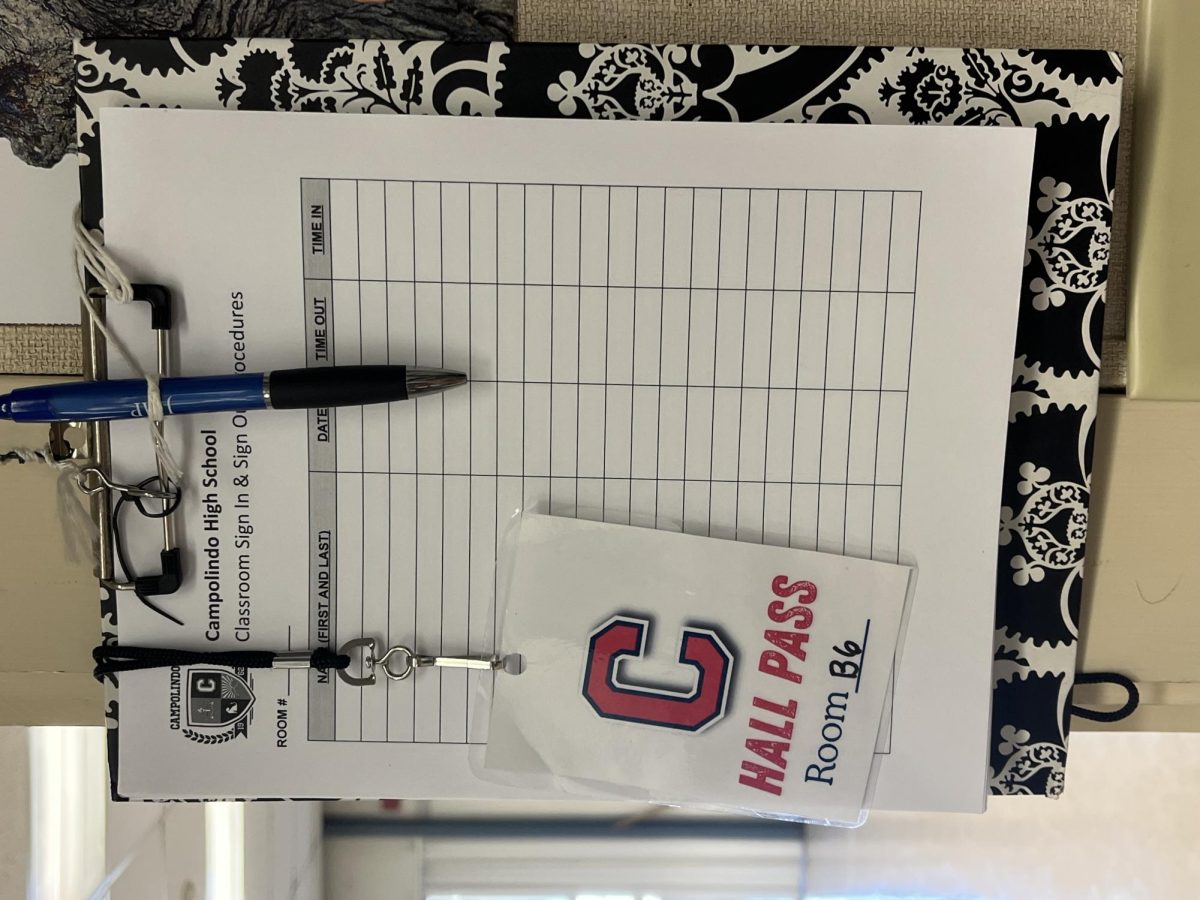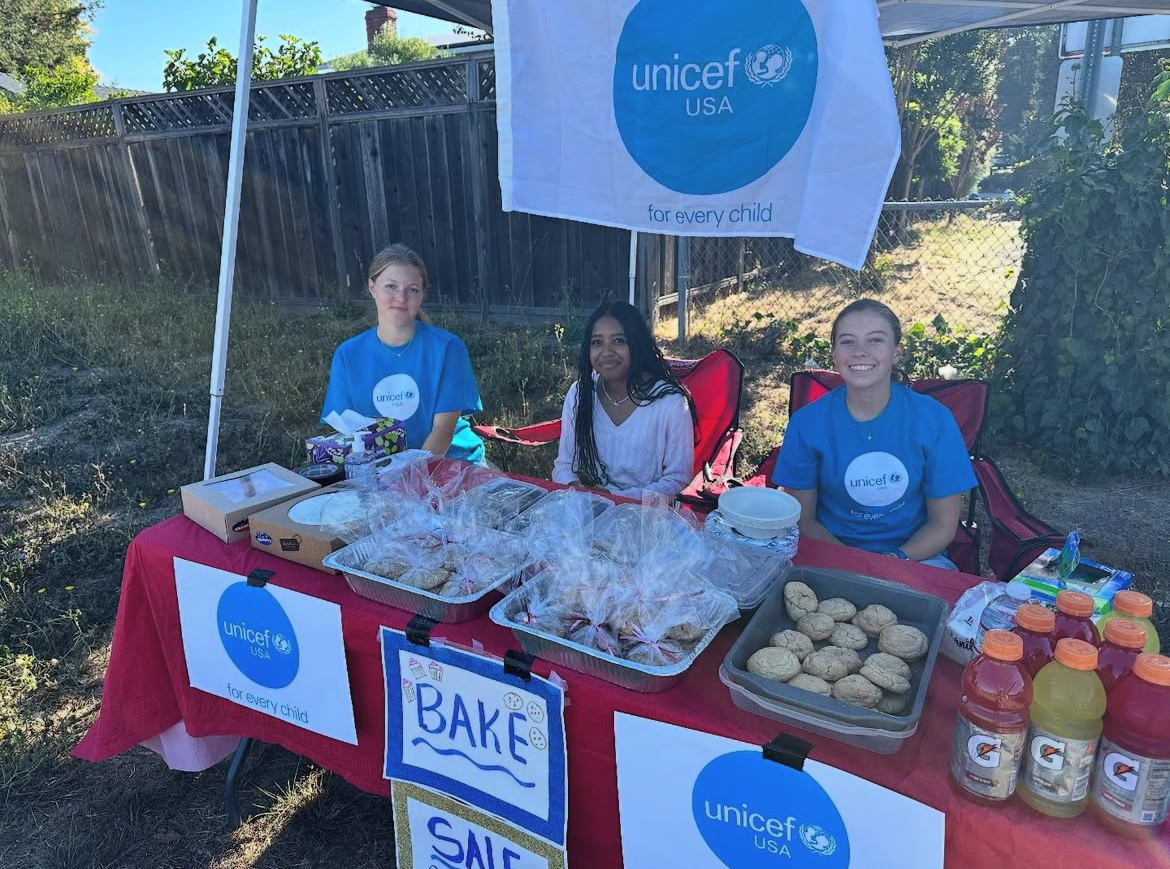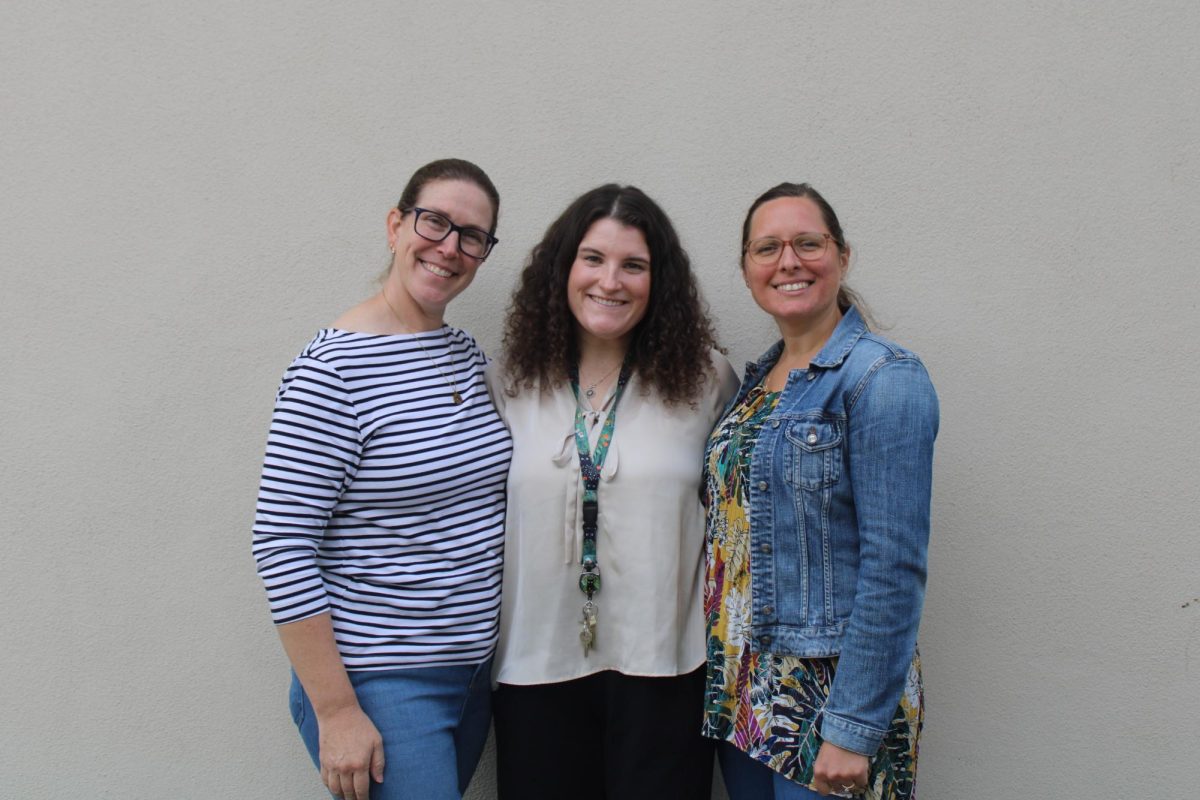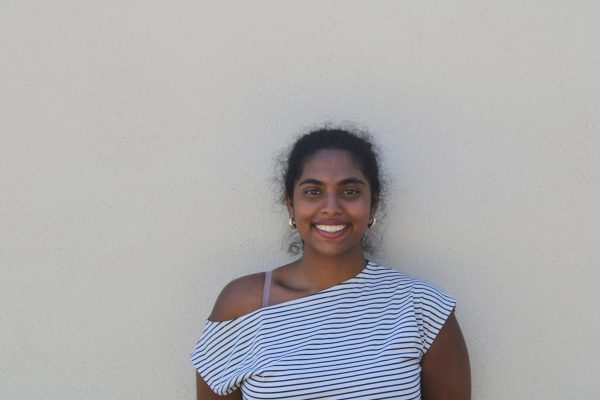While Campo students often help out the community through volunteering, fundraising, and donations, the Campo annual blood drive gives them the opportunity to aid others in a more ‘unconventional’ way. On April 11, 2025, eligible students participated in the Campo Blood Drive in the Small Gym.
ASB Philanthropy Board, a board which runs and hosts the fundraisers around Campo, collaborated with the Stanford Blood Center to facilitate the blood donating process. Blood donated from the drive aids a range of people in need such as those undergoing cancer treatment, bone marrow transplants, or emergency medical situations.
“It’s a way to vastly improve someone’s life without hurting yours, spending money, or even doing long-term volunteering,” said sophomore Lindsay Foster, one of the blood donor participants. “You’re able to save someone’s life, and that’s really important.”
Requirements for Campo students aren’t limited to weight, age, or parental consent. Foster stated that overall health had to be in good standing for the donor as well. “You have to have the right amount of iron- you can’t be anemic. You need to have a decent heart rate [too], so some people were turned away because their heart rates were too high.”
When it came to getting blood drawn, students had to get their forms signed by their parent or guardian. After checking in, they were asked to follow some standard procedures such as eating a snack like pretzels, in order to lower risks of passing out. When called, donors sat down at chairs or tables, where facilitators ran a number of tests on their iron, blood pressure, and heart rate along with a series of questions.
After the tests were run through, they were asked to squeeze a foam roll to get the blood ready. “They put the needle in and I just sat there for [about] 6 minutes. I saw my blood go into the bag, they took it out and I was fine,” explained Foster.
After getting their blood drawn, students didn’t immediately go back to class. To remedy the possible side effects that could have occured after donating blood, such as fainting, a post-blood donor table was set up with snacks and drinks for students to sit and wait to recover their body from the nutrients lost.
While many people might fear donating blood due to a lack of knowledge surrounding the process, freshman and member of the Philanthropist Board member Abby Chen states that she’ll be donating blood once she’s eligible. “1 pint of blood can save three lives,” she said. “…It’s super important.”
